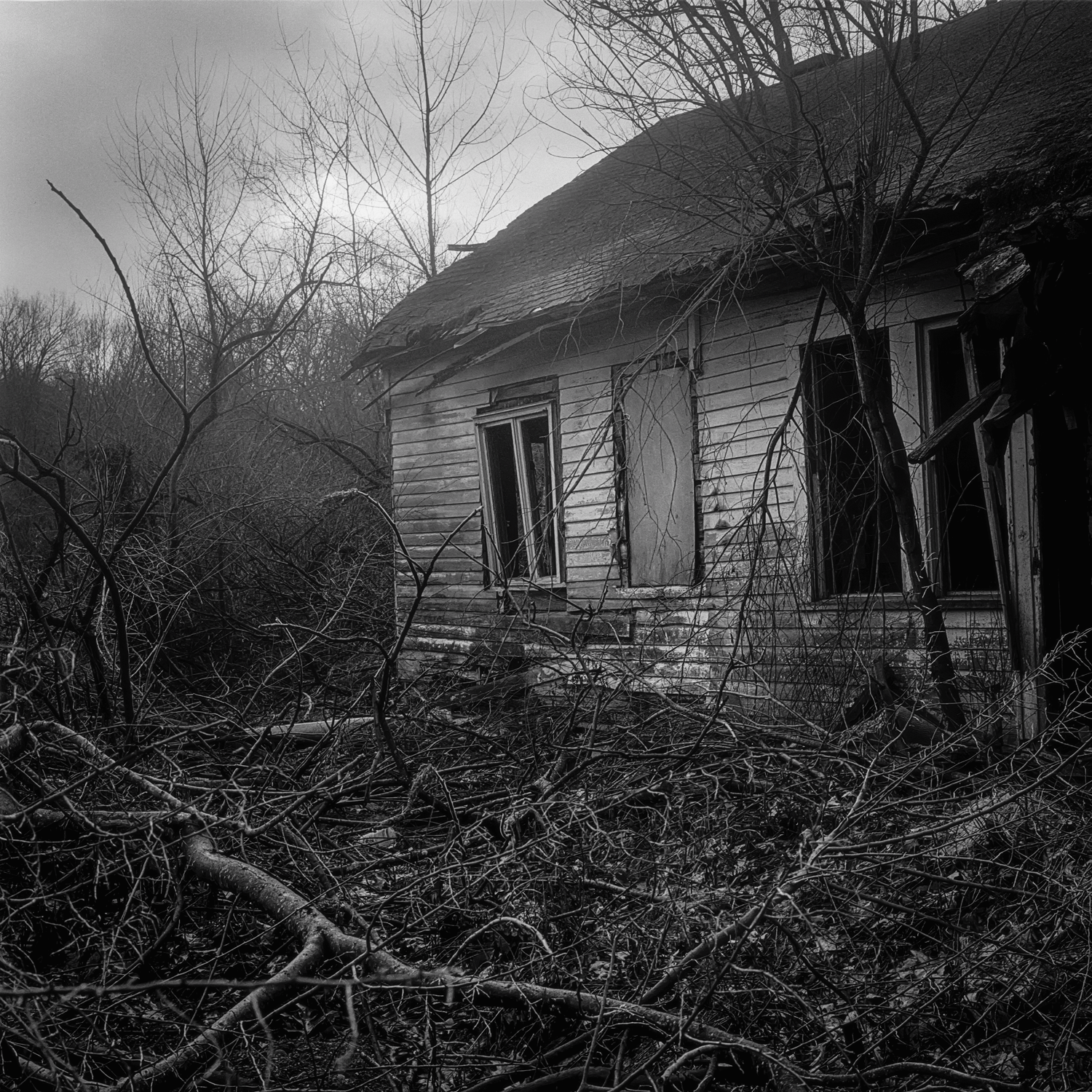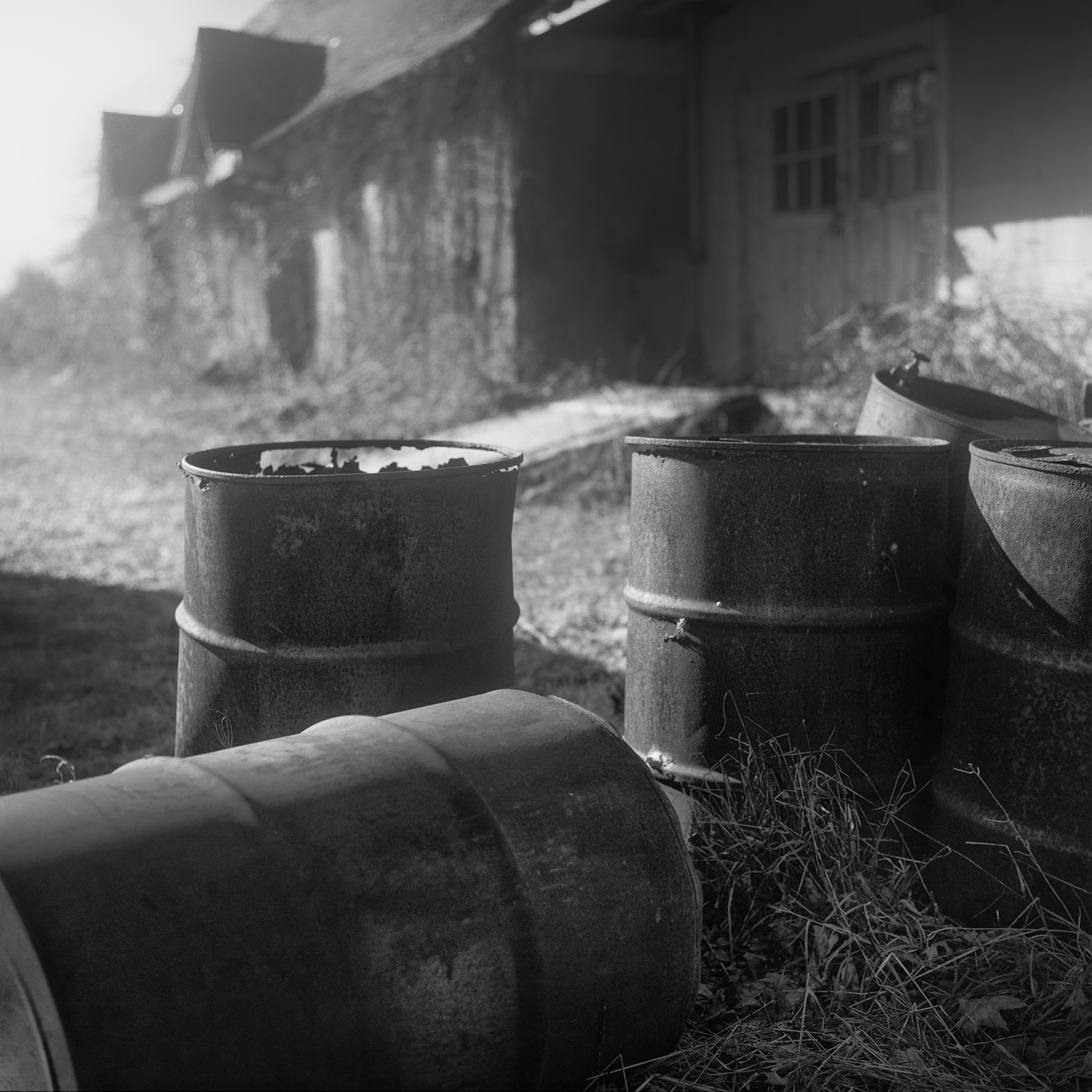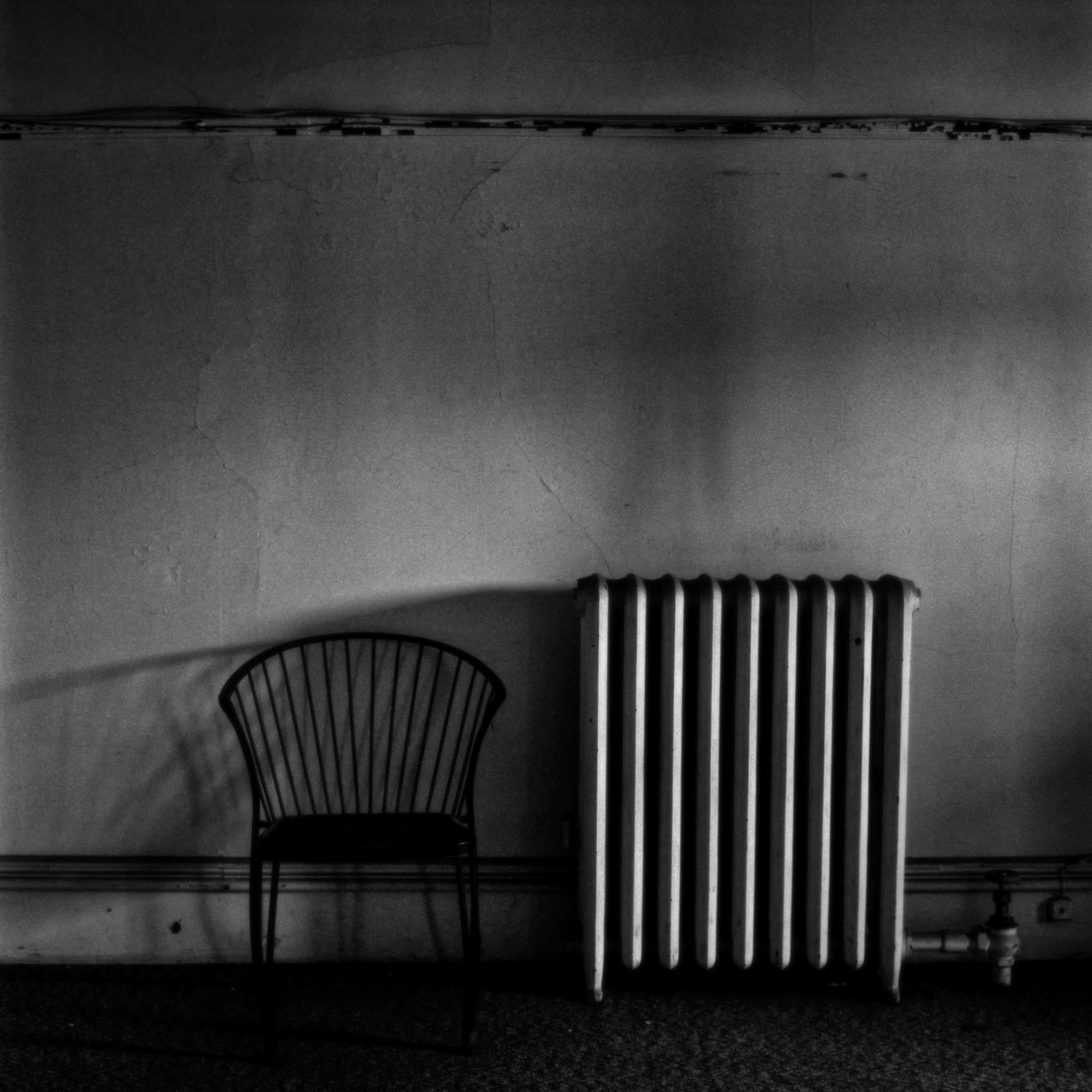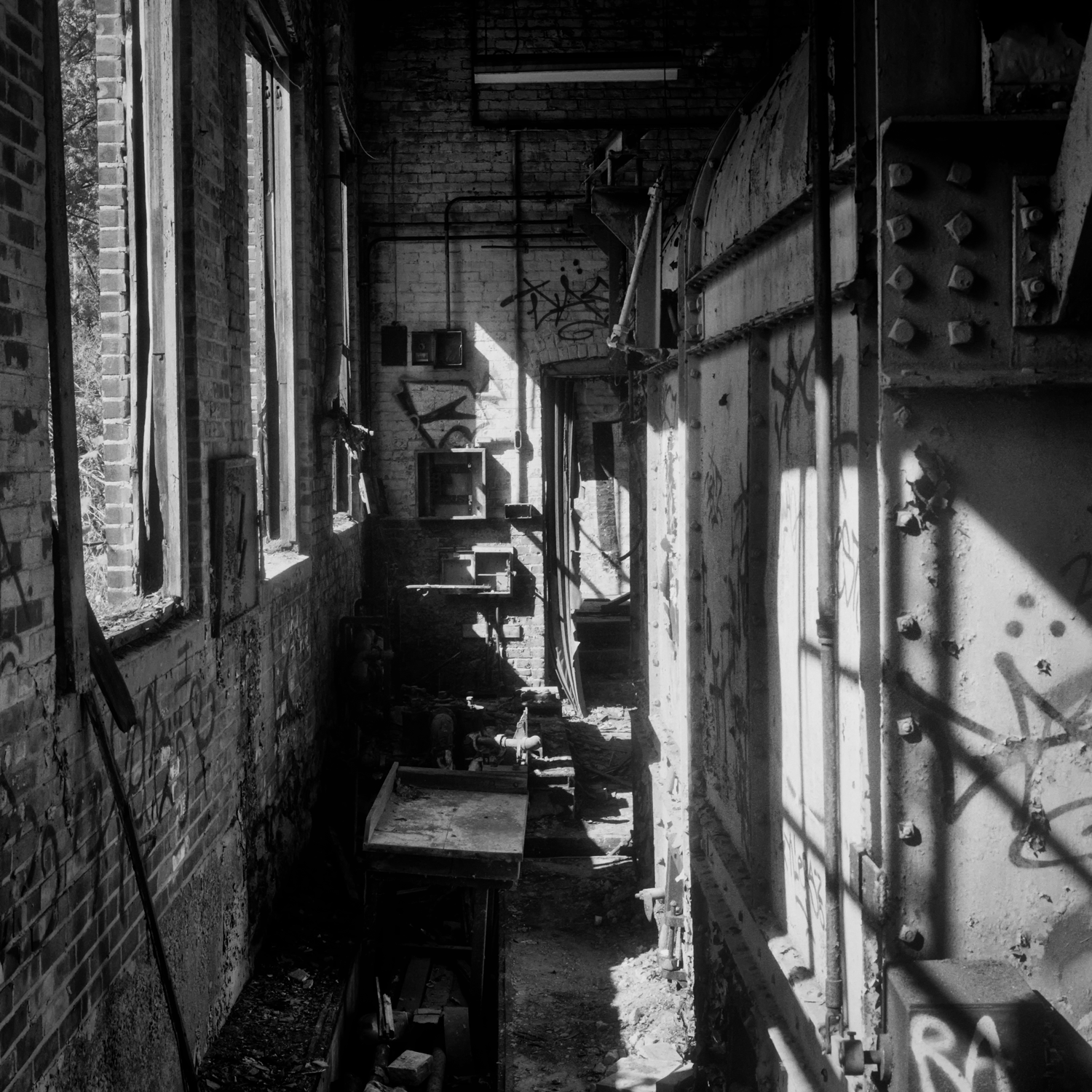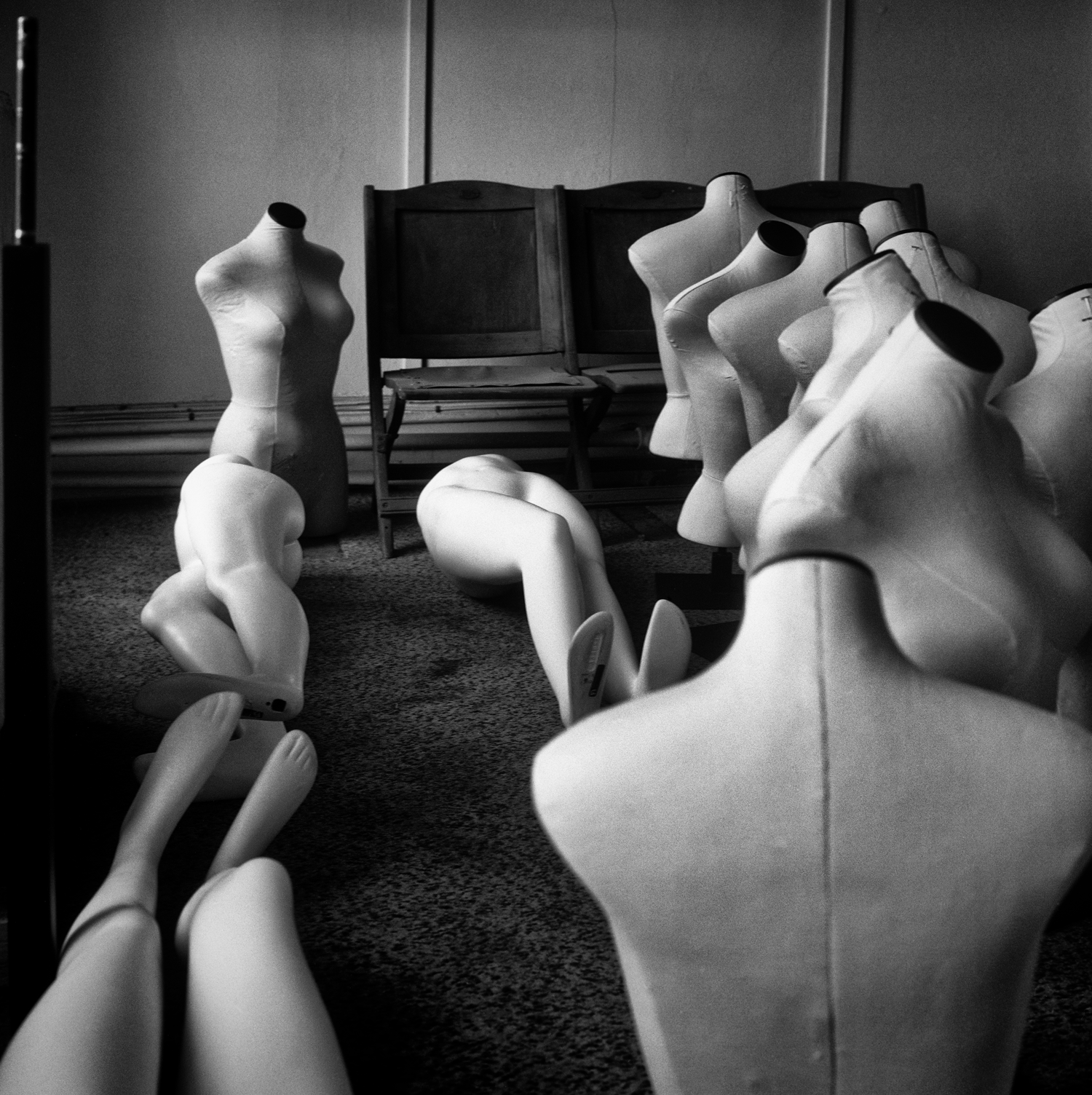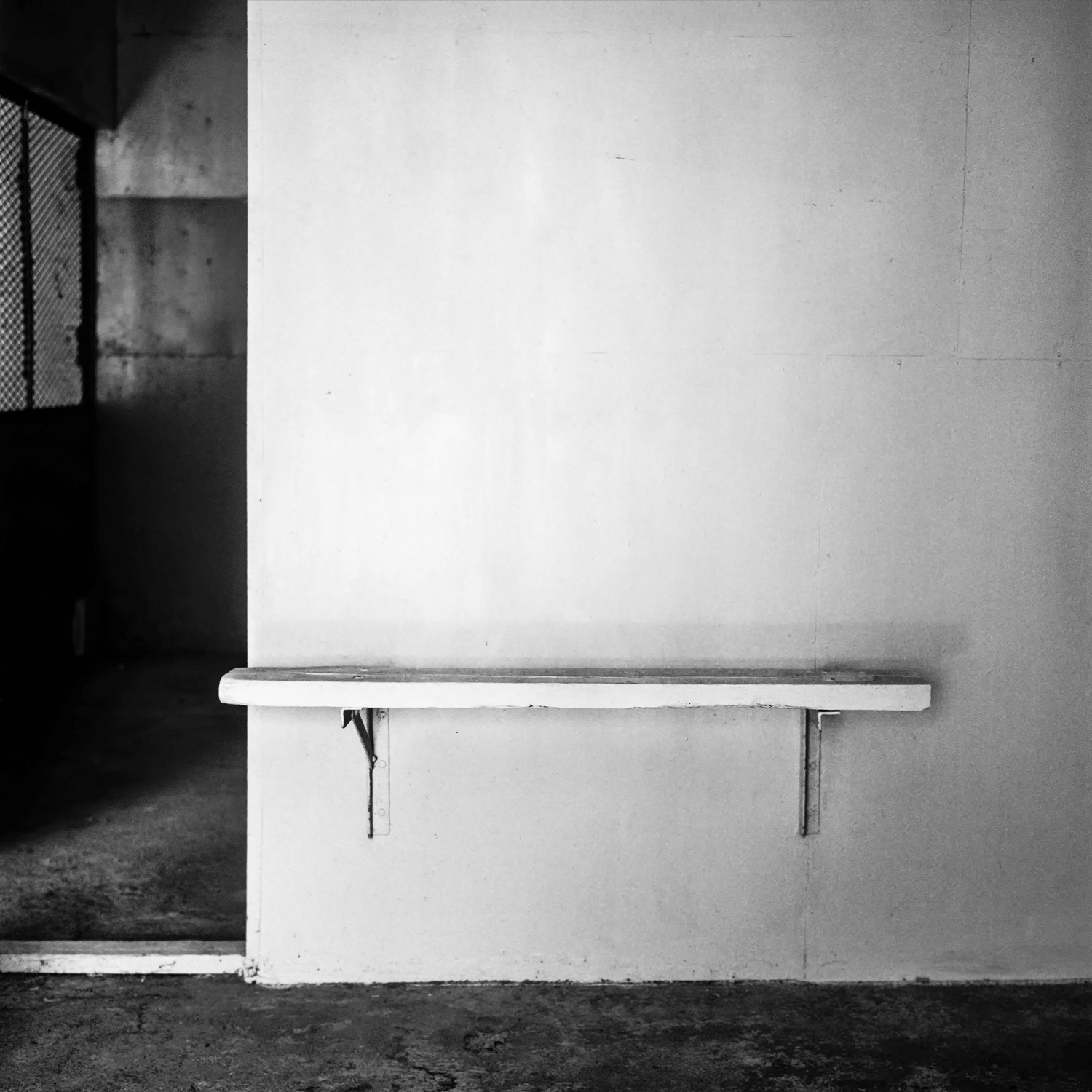Dreamless
Unalive
Perfect
People have always created things, discarded and forgotten them: this is why we have a science of archaeology. Over time, the things we discard and forget have grown larger and more complex. Once it was stone arrowheads, now it is houses, stores and factories. These things, once abandoned, immediately begin to vanish as nature begins the slow work of taking them back.
Without wishing to forbid any particular understanding, let me stake out the negative space of this series—what it is not about. It is not a warning; it is not a judgment; it does not moralize. It does not hope to evoke nostalgia for a better time, now lost. It is no sort of environmental protest. It is not a grim document of our current economic condition. The presence of the people who once lived and worked here is unavoidable: their lives had a meaning we can guess at but can never recapture. Still, I am less interested in what people took away from these places than in what they left behind, and what happened to it. What continues to happen to it.
What we mistake for entropy is in fact a different order; seeing it demands a kind of visual necrophilia. The quiet presence of death has an intoxicating beauty, the slow transformation of straight lines into curves and polished surfaces into rough, mottled ones, the unfastening of joints, the unweaving of cloth, the unmooring of words from meaning. Everything hard becomes soft, everything closed becomes open, everything barren becomes fertile.
